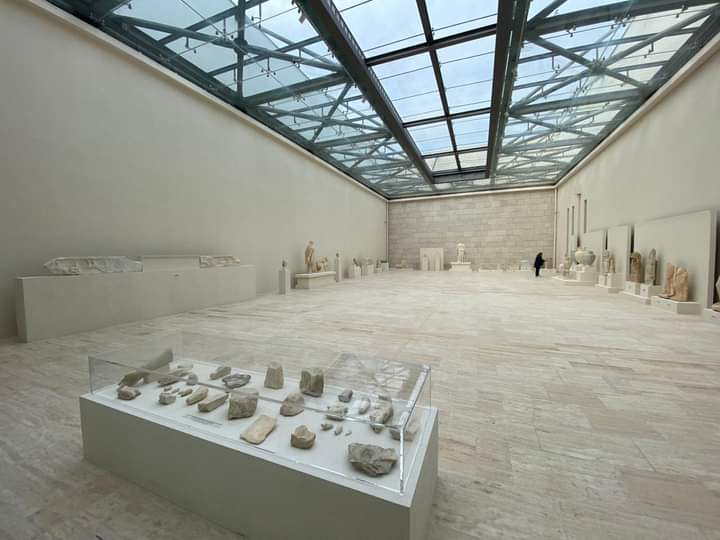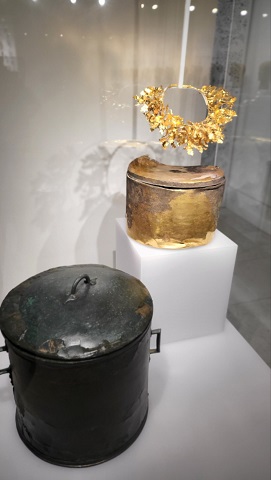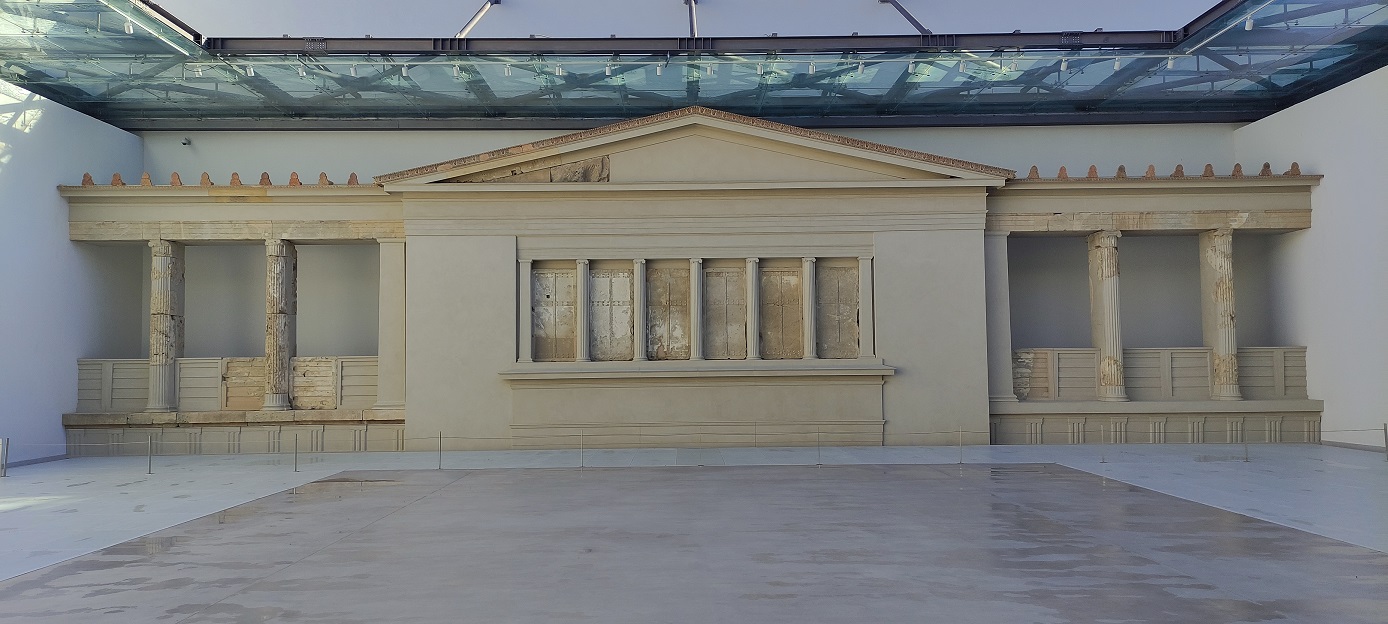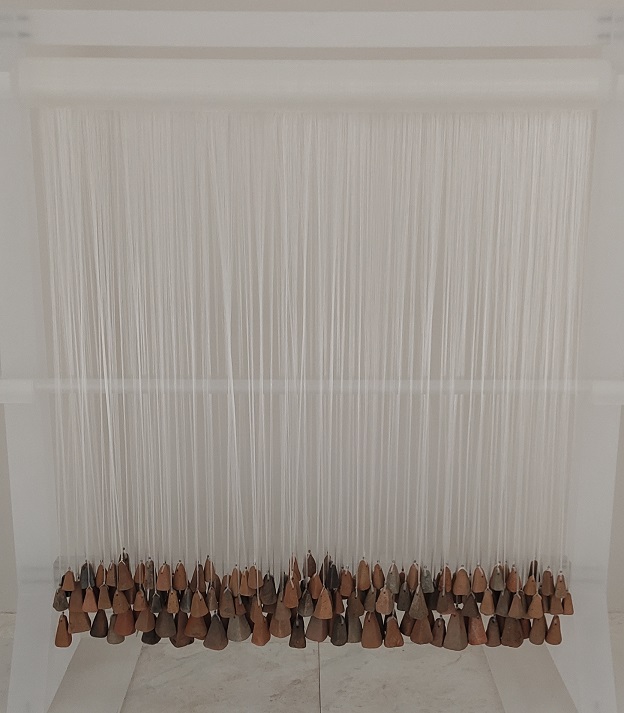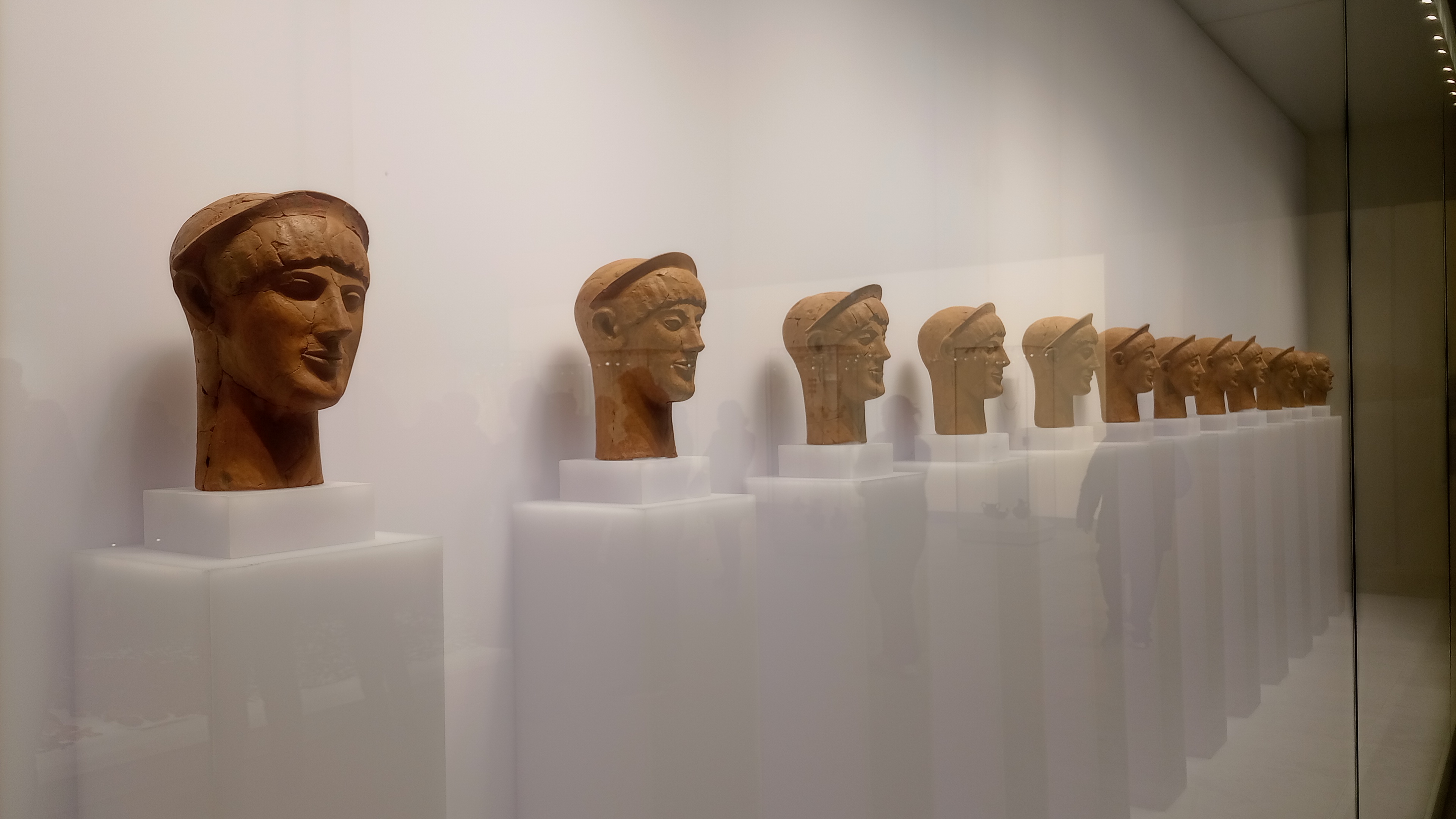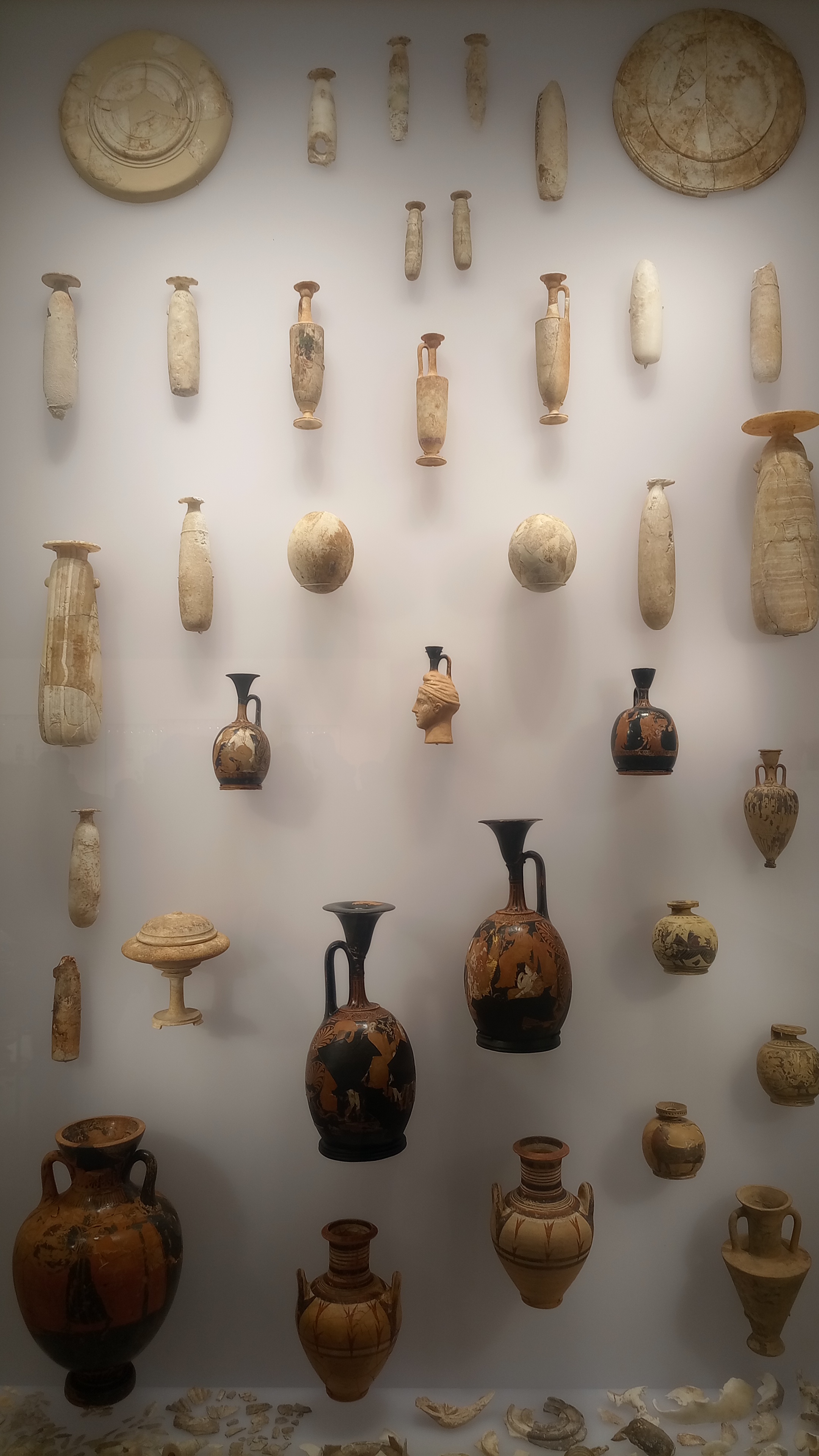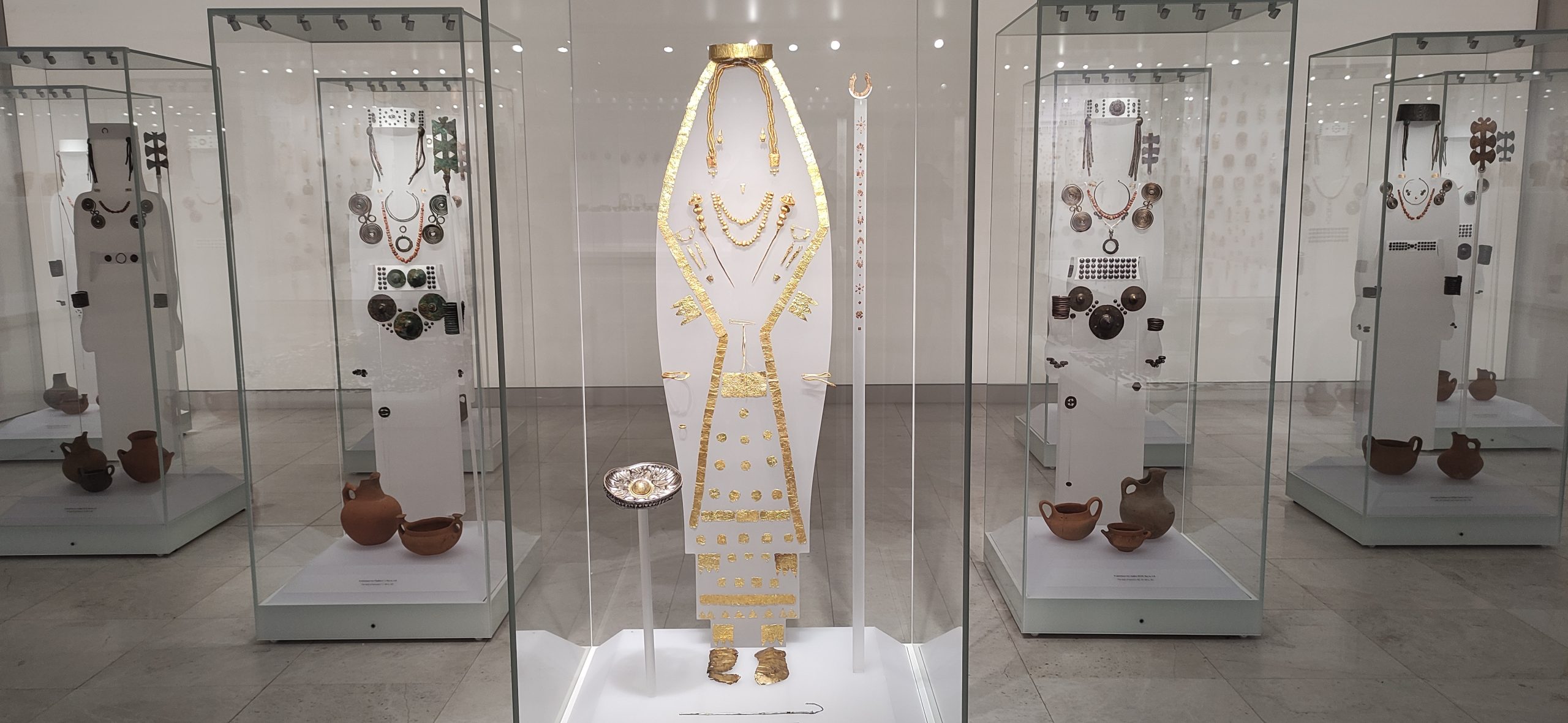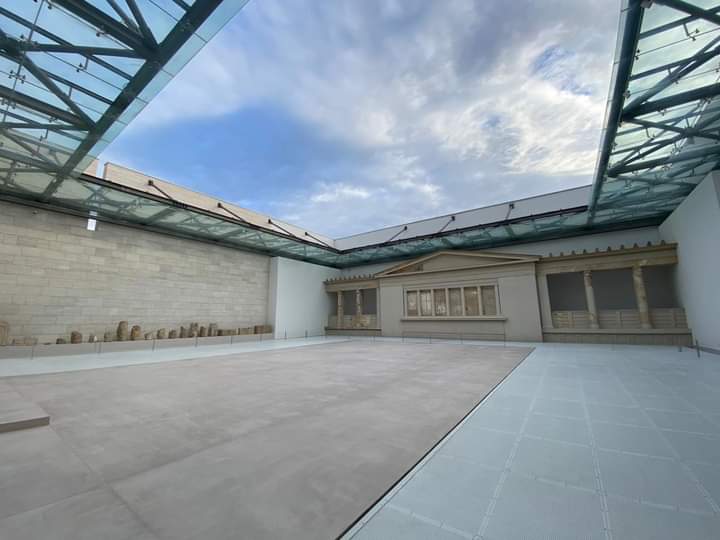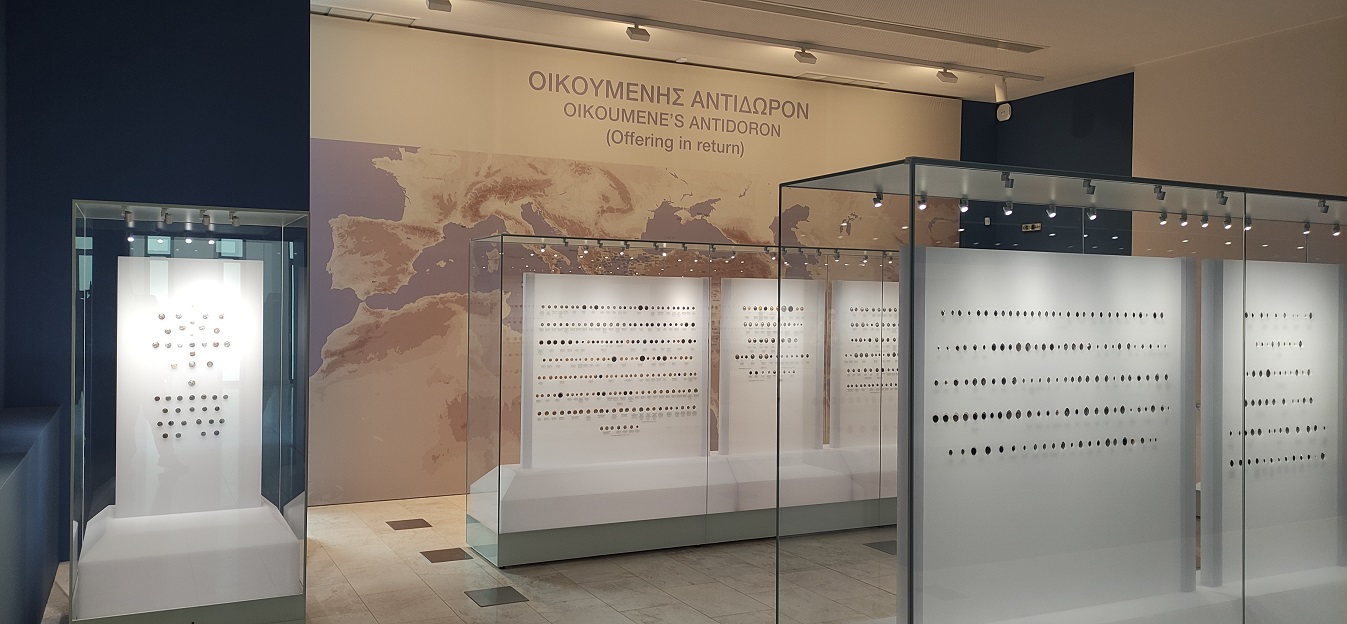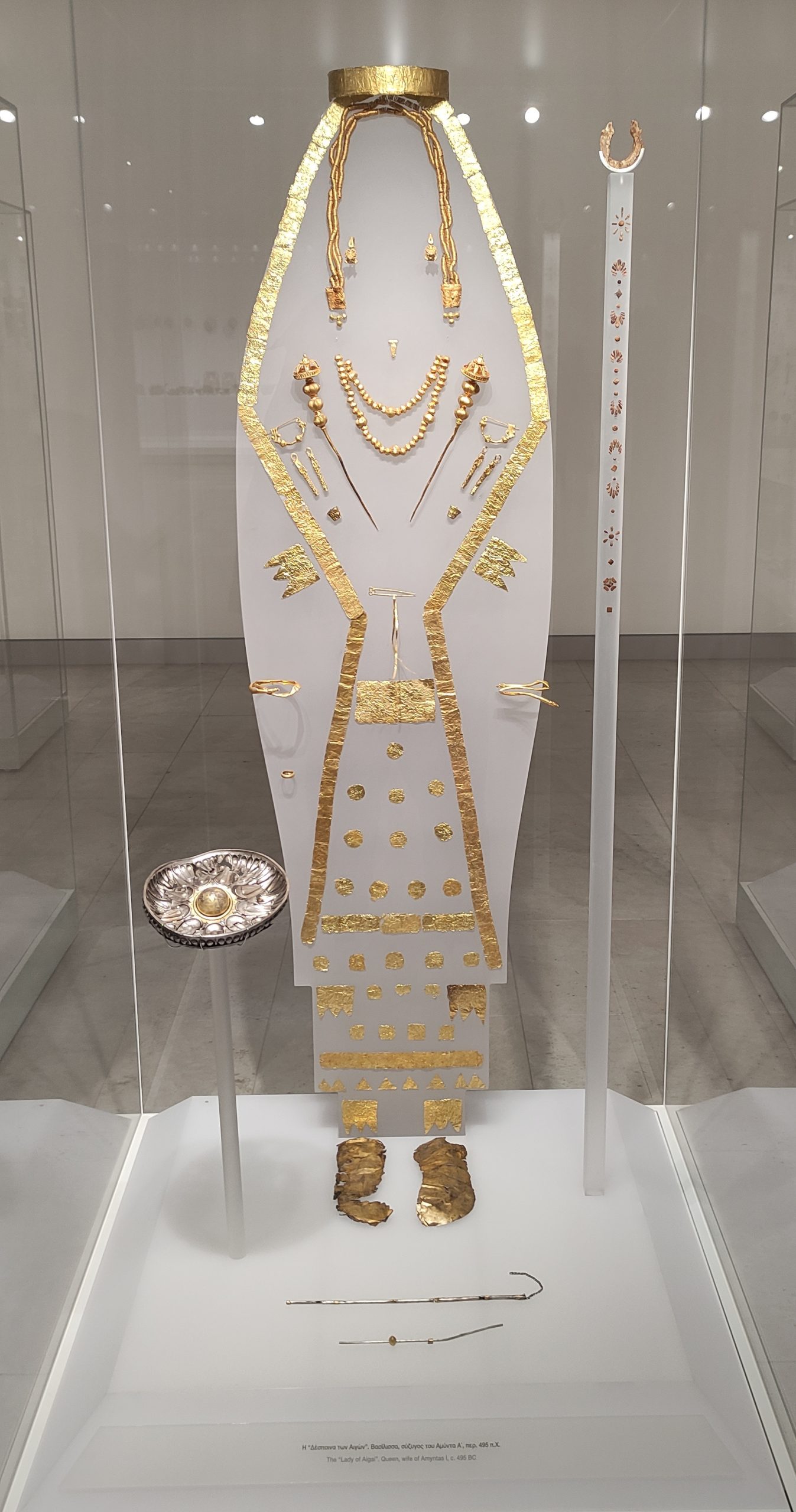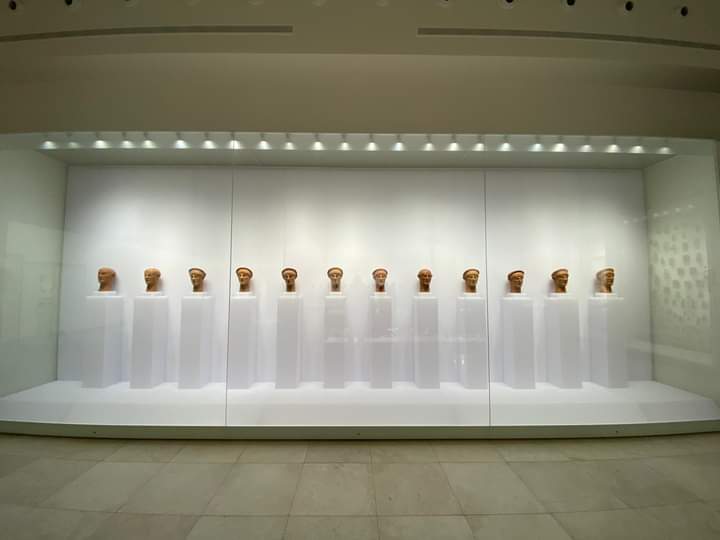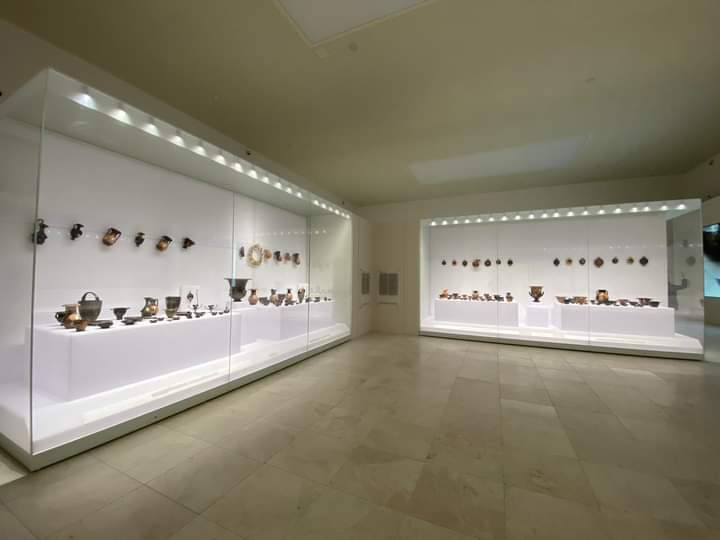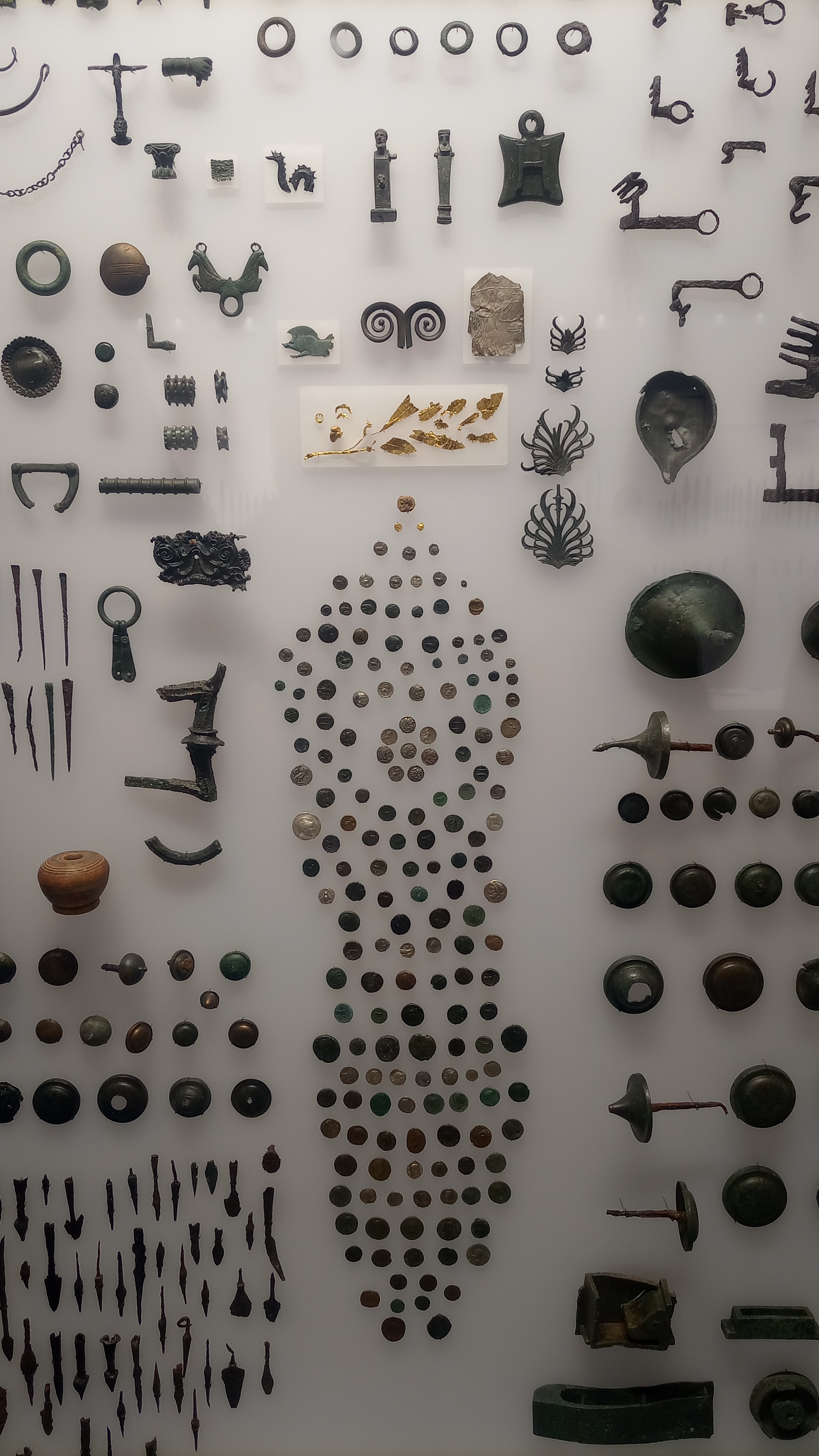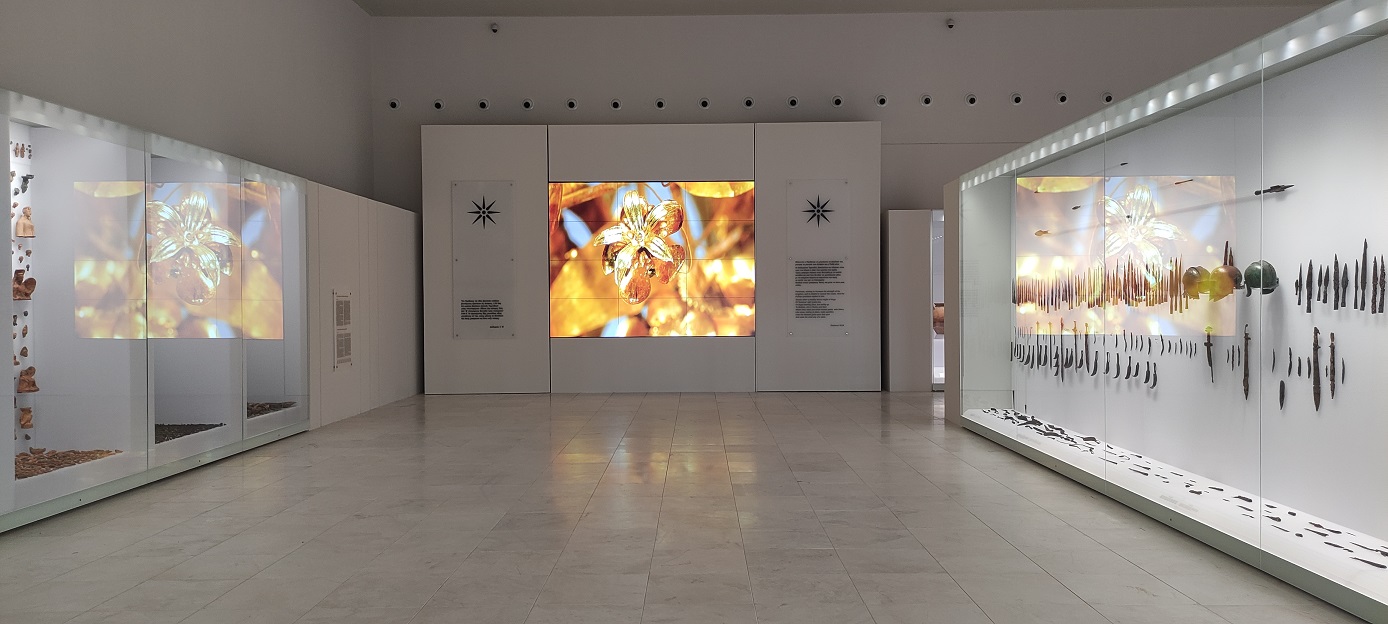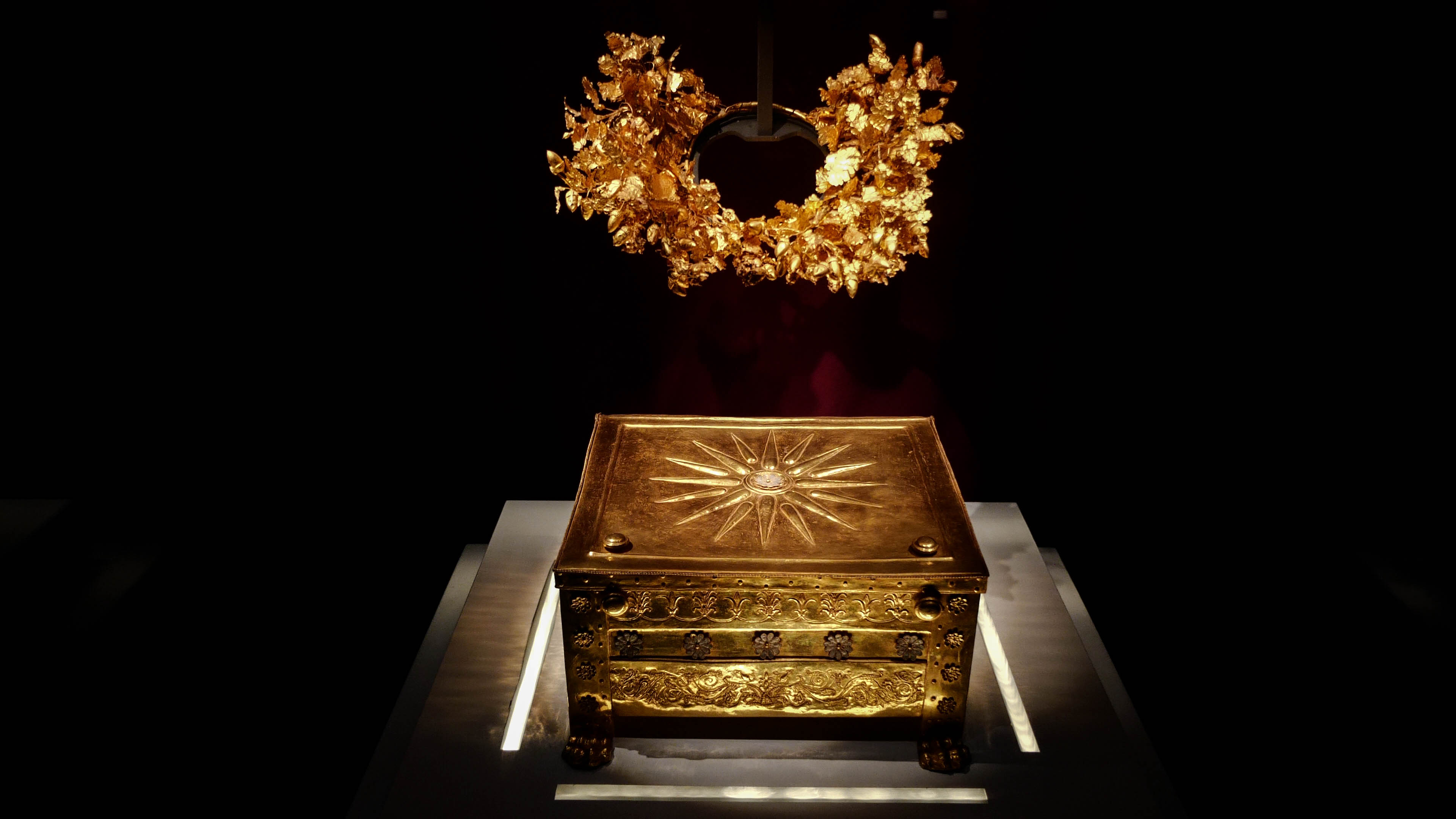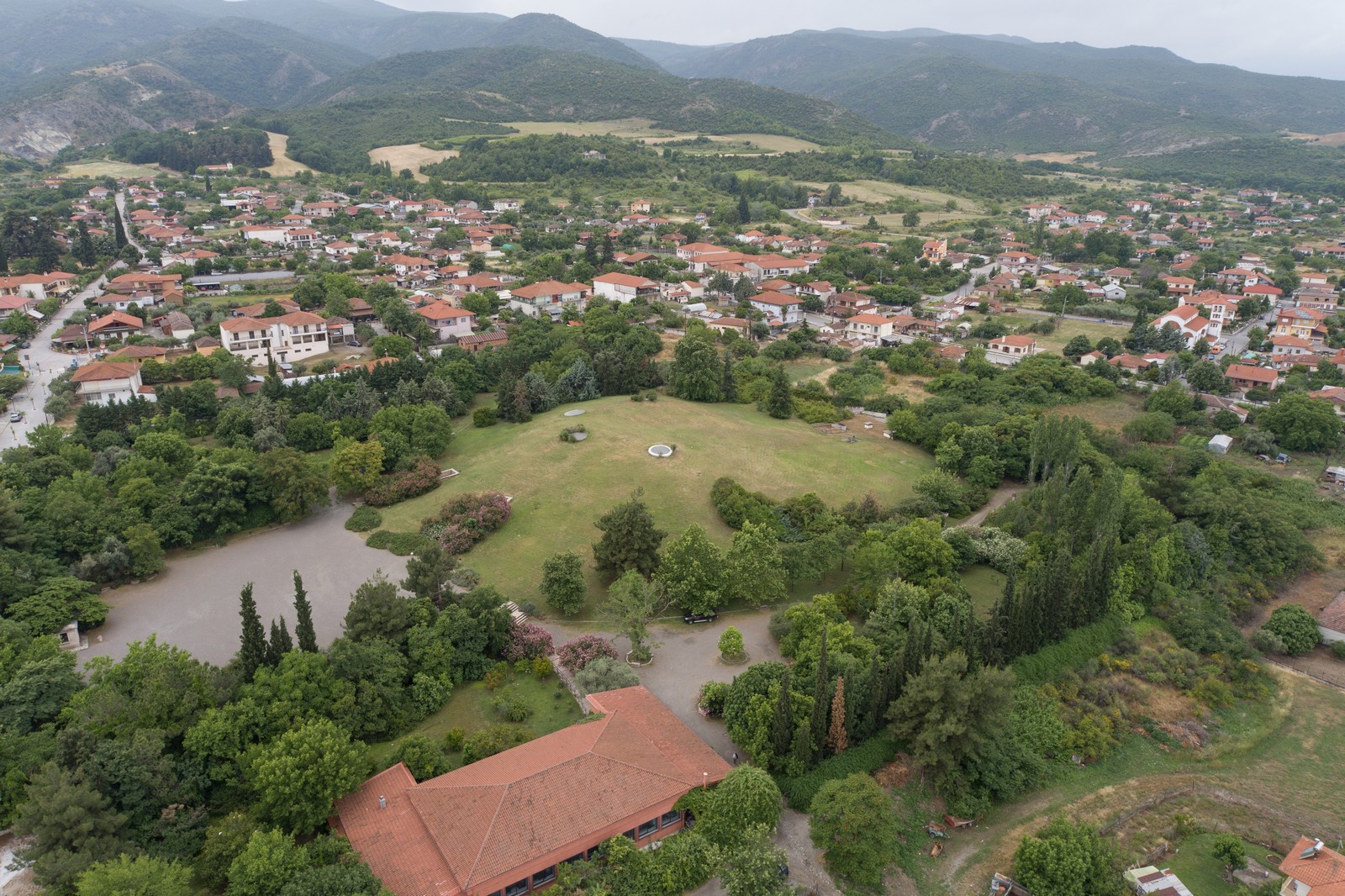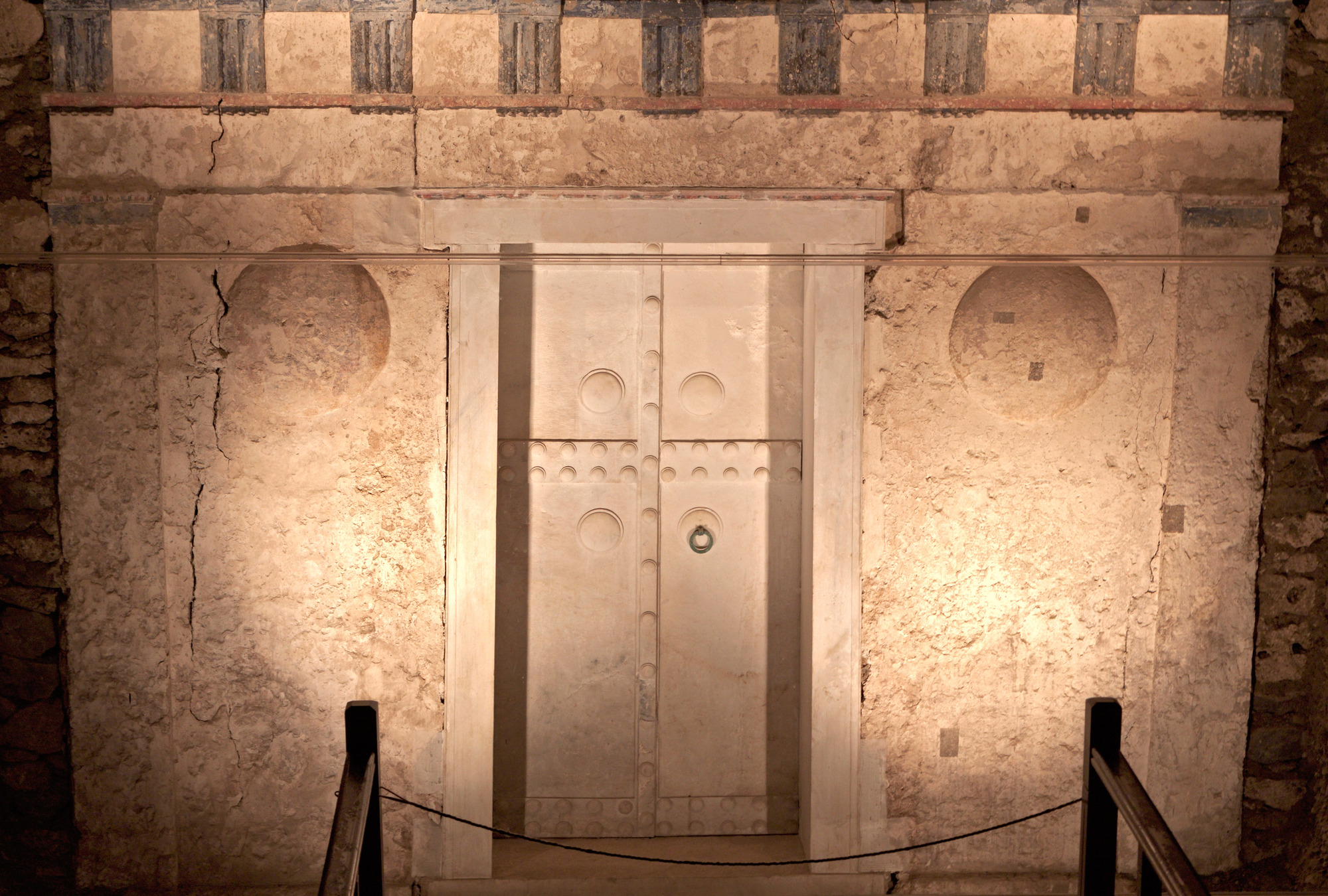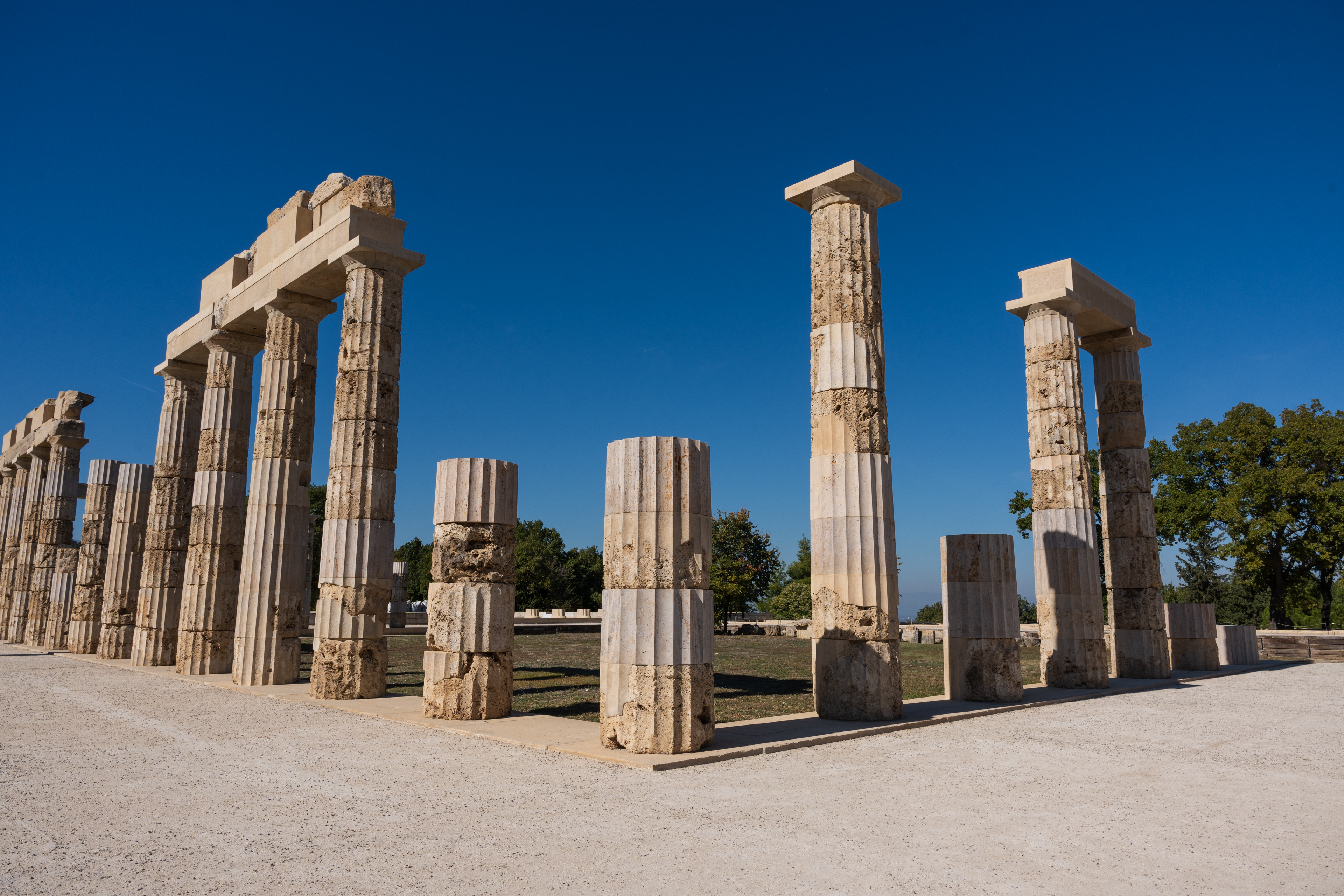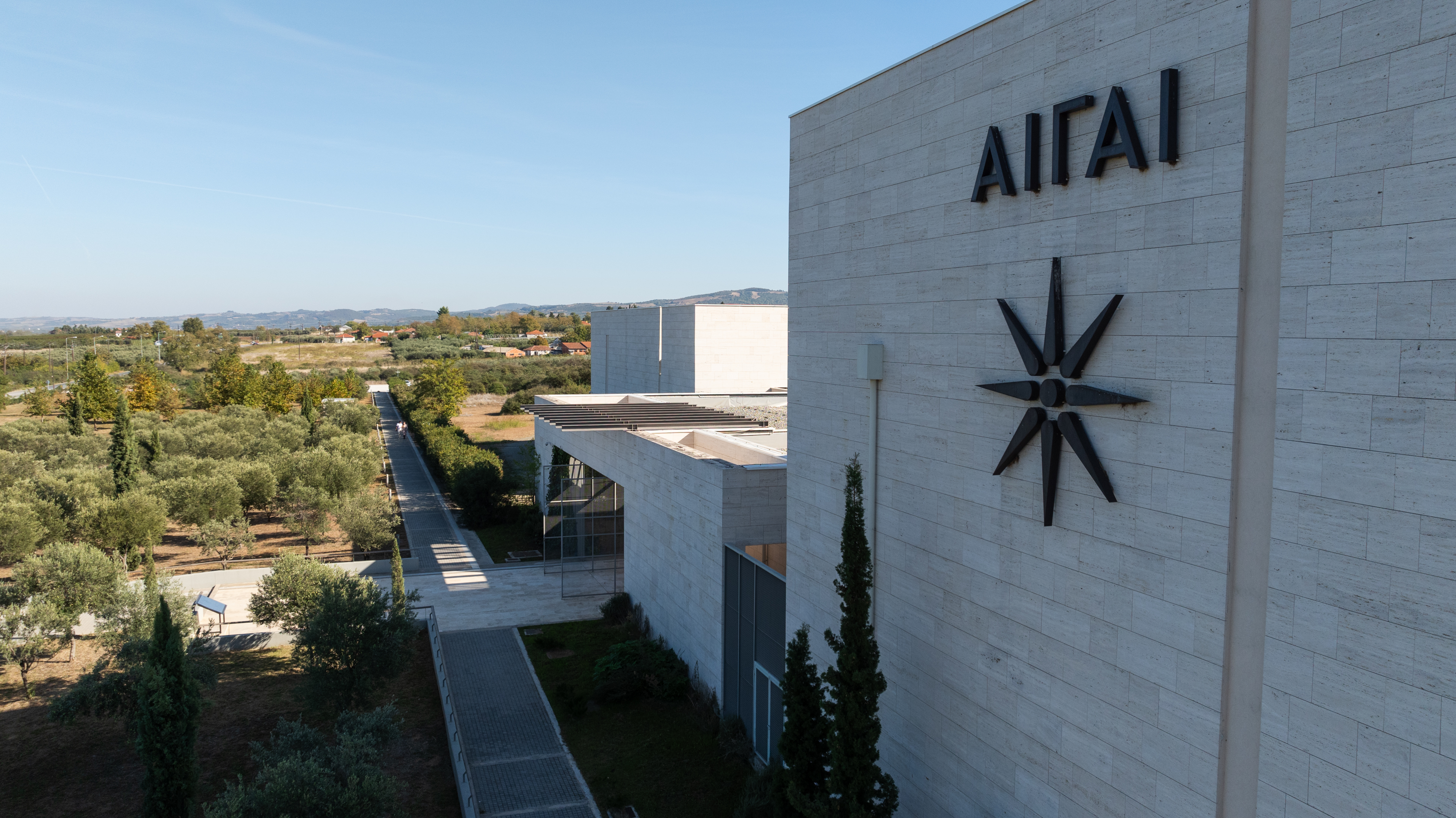
Polycentric Museum of Aigai / Central Museum Building
Polycentric Museum of Aigai / Central Museum Building
Gateway to the History and Culture of the Hellenistic World
A landmark and unifying point of the Polycentric Museum is the Central Museum Building, which was designed to serve as the conceptual gateway to the archaeological site and the history of Aigai, to the history and culture of the Macedonians, and to the Hellenistic world. It will also host the physical base of the digital museum “Alexander the Great: From Aigai to the Oecumene.”
In addition to the introductory exhibit “A Window into the World of Alexander the Great,” the Central Museum Building houses permanent and temporary exhibitions covering themes related to architecture, sculpture, the historical memory of Aigai, and contemporary artistic creation.


